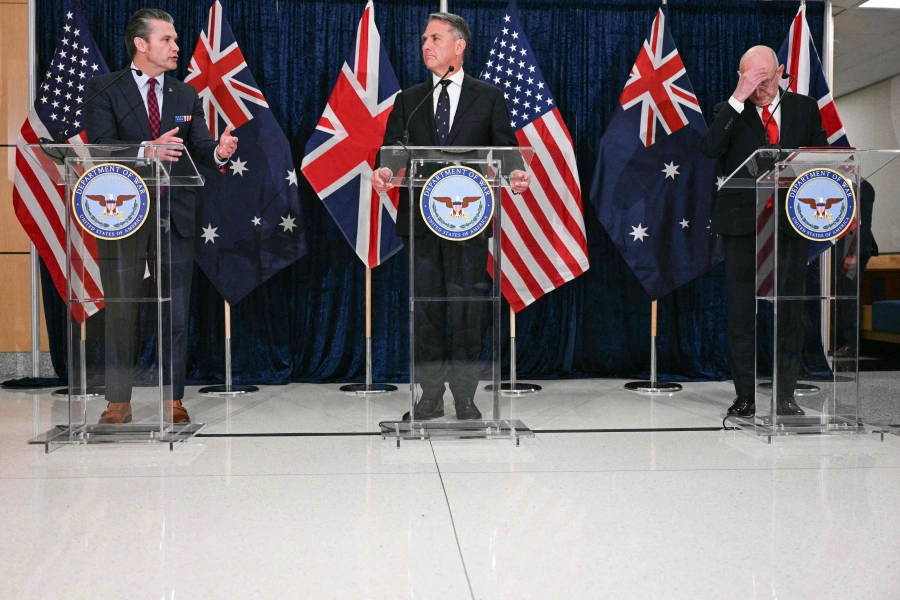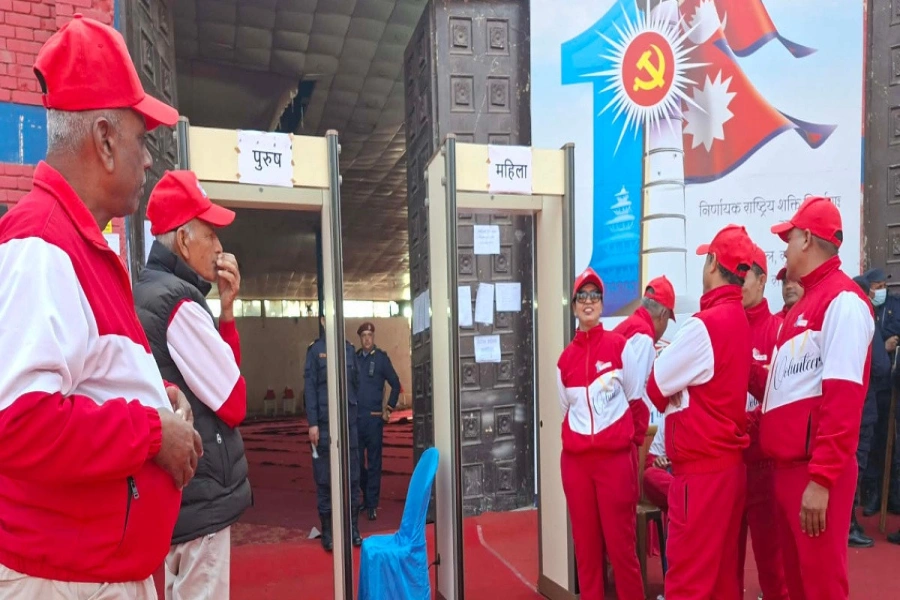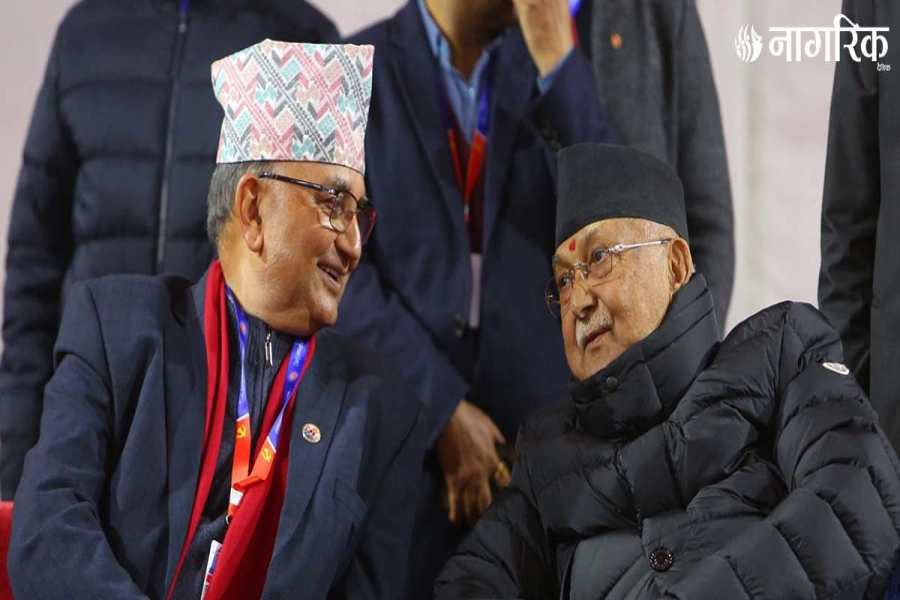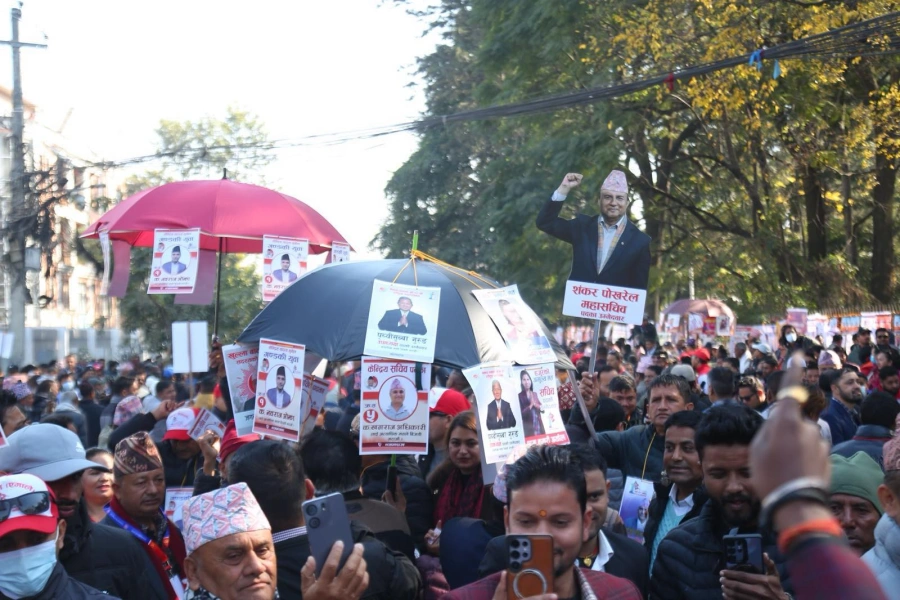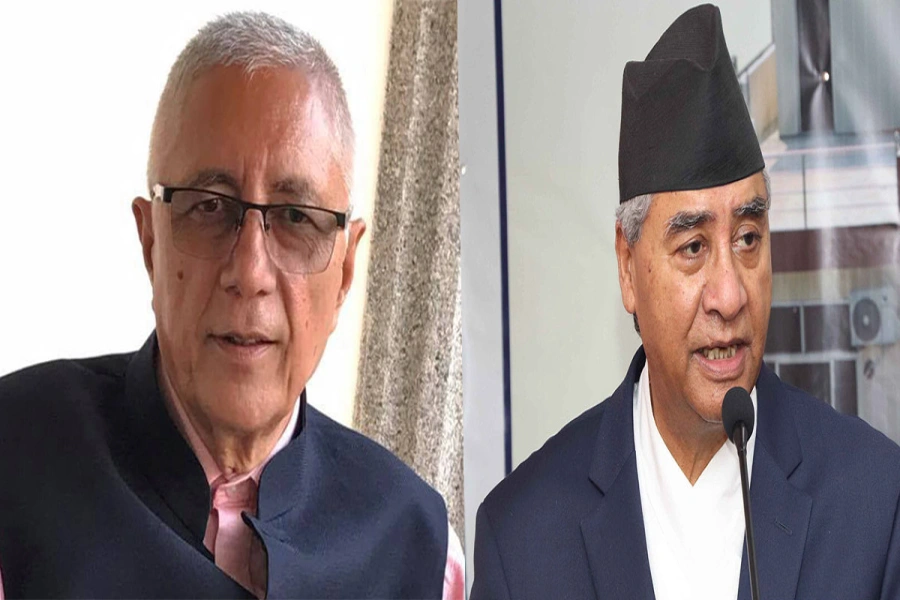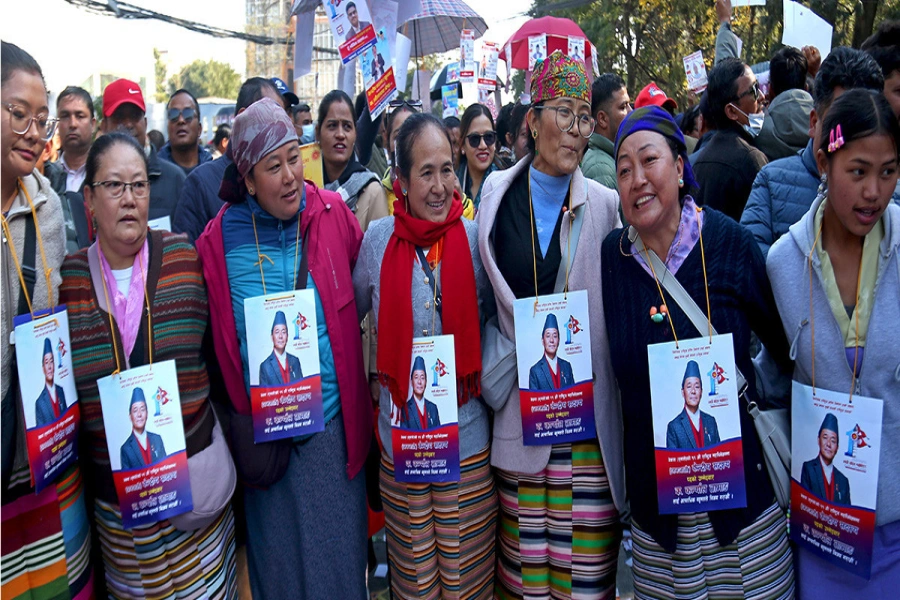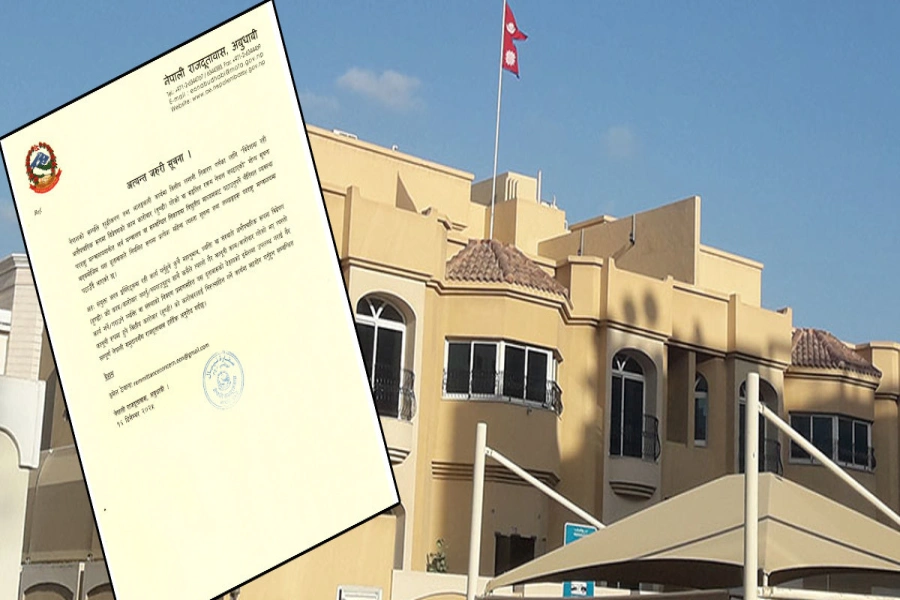POKHARA, Jan 15: On January 15 last year, a tragic air accident occurred in Pokhara that shook the entire nation. A Yeti Airlines aircraft with the call sign 9N-ANC crashed into the Seti River gorge while preparing to land at the Pokhara Regional International Airport (PRIA). The accident claimed the lives of 72 individuals, including four crew members and 68 passengers.
The tragedy in Pokhara on January 15 marked the first accident involving an ATR 72-500 series aircraft in Nepal's aviation history. This significant domestic incident brought sorrow to the entire nation. Beyond the profound grief experienced by the affected families, the impact extended to Nepal's internal air transport and tourism sector. The accident prompted a surge in the pace of change for air traffic in Pokhara.
Just 15 days before the accident
On January 1, 2023, PRIA began its operations, fulfilling the hopes of not just Pokhara but the entire Gandaki Province. However, within 15 days of its inauguration, tragedy struck as a Yeti Airlines plane met with an accident while preparing to land at this newly built international airport.
The plane crash raised concerns and scrutiny regarding the safety of PRIA. In the aftermath of the accident, the airport had to undergo accelerated adjustments, and this rapid transition led to a decline in air passenger numbers. Yeti Airlines, operating on the Pokhara-Kathmandu route, was grounded for a few days, and other airlines also experienced disruptions as a consequence of the incident.
Yeti Airlines plane crash likely to send huge blow to ailing to...

“The human toll of the Pokhara accident a year ago brought immense grief,” Yashoda Regmi, spokesperson for PRIA, said, “The airport, operational for just 15 days, faced additional delays in speeding up its operations as a result of the tragic incident.”
According to Regmi, citizens hesitated about air travel to Pokhara for nearly two months following the accident. “As time passed, the memory of the incident began to fade, and the challenging journey on the expanded Pokhara-Mugling highway prompted passengers to reconsider air travel.
Eventually, things returned to normal, and according to the airport, the number of air passengers in Pokhara has increased,” she said.
According to PRIA Spokesperson Regmi, in 2023, only 94,000 passengers have flown through PRIA. All these are domestic passengers. “If there were no accident, this number would have increased even more.”
While international flights may not be as frequent, domestic passenger traffic has seen an increase,” she said. Aviation experts suggest that the Pokhara accident had a psychological impact not only on the local air travelers in Pokhara but also on domestic air passengers across Nepal.
Impact on tourism
Hariram Adhikari, president of the Nepal Association of Tour and Travel Agents (NATA) Gandaki, said, "In the aftermath of the accident, the number of air passengers dropped by around 20 percent for some time. Domestic travelers were apprehensive about air travel." Adhikari said that even during marketing trips to Indian cities, questions regarding Nepal's air safety arose, causing challenges in promoting tourism. He said that the tourism sector in Pokhara felt the effects for about three months after the accident.
“A few days after the inauguration of PRIA, an air accident occurred, raising concerns about the airport's safety. The incident significantly impacted domestic tourism for approximately three months. Air connectivity plays a crucial role in the tourism industry, and the accident in Pokhara had a negative influence on this connectivity. As a result, a sense of distrust towards Nepal's air service was created, affecting the overall perception of air travel in the region,” he said.
He said that the accident, occurring during domestic guest tours, led to a significant drop in the number of air travelers to Pokhara. "Domestic guests, already hesitant due to the fear of COVID-19, refrained from air travel after the accident. The impact escalated when the perception spread that air travel was unsafe, contrasting with the perceived safety of land travel," he said
He said that a team assigned to investigate the accident recently submitted a report. The report clarified that the accident was caused by human factors and affirmed the safety of Nepali skies, and added that there were no technical issues at the airport.
Pom Narayan Shrestha, president of Pokhara Tourism Council (PTC), an umbrella organization of tourism professionals, said that the January 15 Pokhara air crash last year had repercussions on both national and international levels.
"The safest mode of travel is by air, but the Pokhara air accident led to human suffering and kept the tourism sector at a standstill for an extended period," Shrestha said, "The impact lingered for about three months, instilling fear among passengers about air travel."
He said that while the accident initially affected the airport's operations for a few months, there has been a noticeable recovery in recent times. According to Shrestha, the adverse short-term impact since the airport's opening persisted for a long time, but now air travel to Pokhara has regained momentum.


-1200x560_20230115125633.jpg)


